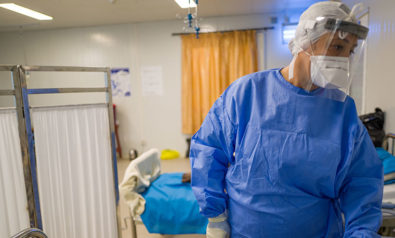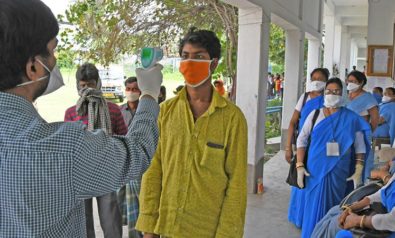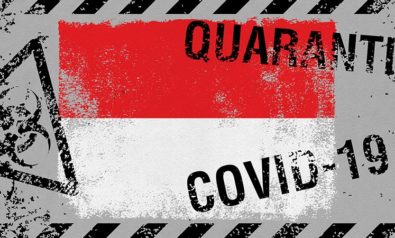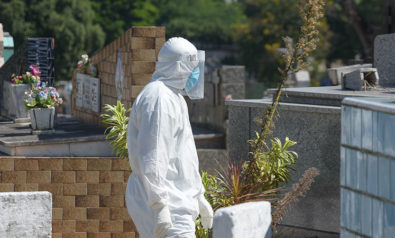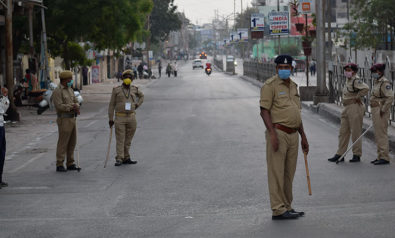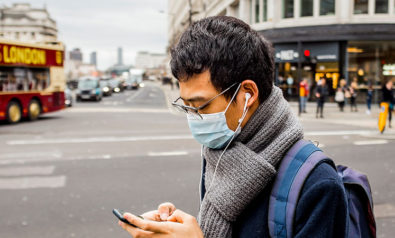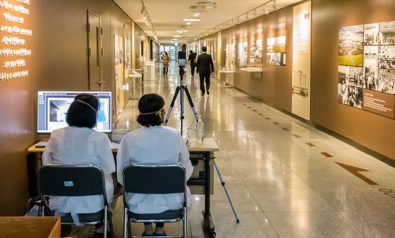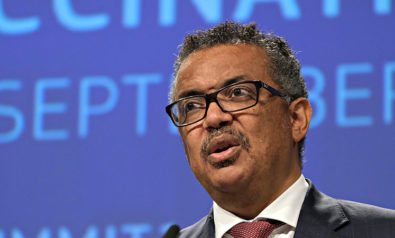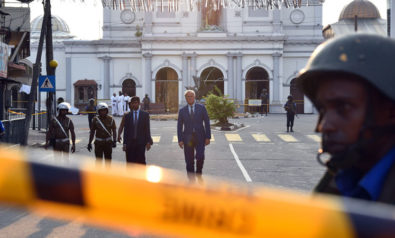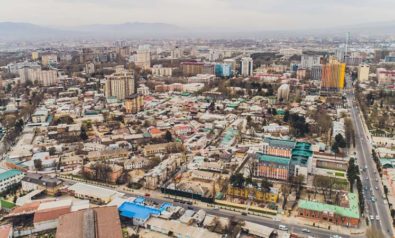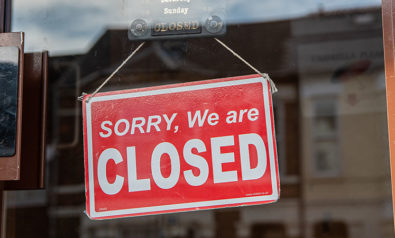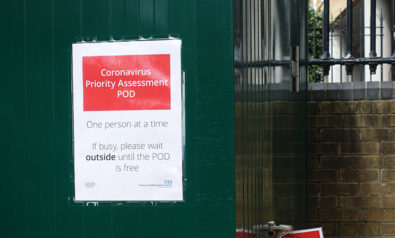Since the start of the COVID-19 pandemic, analysts have been opining about when a vaccine may be discovered and become widely available. Many suggest that it is simply a matter of time, given how many organizations around the world are busy racing to find a cure. But that assumption could well be fallacious. After all, there is no vaccine for HIV, SARS or any other coronavirus, including the elusive common cold. In the case of HIV, that remains the case even after the US and many other governments have spent billions of dollars trying to produce a vaccine. Why would this virus prove to be any different?
For a sense of perspective, the fastest existing record for developing a vaccine occurred for mumps. The mumps virus was first isolated in 1945; by 1948, an inactivated vaccine had been developed, but with short-term effectiveness. It was not until 1967 that a long-term vaccine became available. The average amount of time required to discover, test and approve a vaccine is 10 to 20 years. Given this, why would anyone presume that a COVID-19 vaccine will not only be discovered, but tested, approved and mass-produced in billions of doses in the next year? That is not going to happen. Currently, levels of mass production of vaccines occur in millions of doses, not billions. The world’s drug manufacturers are not even capable of doing that.
There are presently 274 treatments — including 171 novel vaccines — being tested across the world to combat the coronavirus. Unfortunately, that may not improve the likelihood of success in a short time frame. Given the durability of the first wave of the virus and an impending second wave, achieving herd immunity may be the only realistic solution. The objective of herd immunity is to limit the ability of an infection to spread by making the majority of a population immune through exposure to it. In so doing, individuals with mild cases of an infectious disease mount an immune response that protects them from future infections by the same or related agents.
Epidemiology protocols require significant testing of a virus in a population to determine levels of reproduction accurately. In March of this year, scientists from Leicester University and the Chinese University of Hong Kong calculated that 70% of the population would need to be infected to achieve herd immunity against COVID-19. Implementing quarantines, practicing social distancing and regularly changing face masks alters the basic reproduction number by limiting transmission events, which can reduce the threshold for herd immunity.
The fact that some US states that were saturated with COVID-19 cases early on in the pandemic successfully flattened their curves for intensive care occupancy, and deaths implied that herd immunity may already have been in the process of becoming established. But America’s subsequent collective failure to institute widespread testing and contact tracing — as has been done in numerous other countries — has meant that its ability to more accurately determine true levels of infection remain extremely limited. Given current infection levels, contract tracing is now impossible.
The existence of multiple strains of COVID-19 in circulation further complicates America’s and the world’s ability to achieve herd immunity. The S strain is rapidly spreading, but with milder symptoms than the more widely spread G strain that has savaged Europe and the US. Whether productive immunity can be achieved in individuals exposed to milder strains, and whether immunity to any strain of the virus is permanent or temporary, are among the questions that remain to be answered.
The truth is, much remains unknown about this virus and will probably remain unknown for many months or even years to come. What is clear, however, is that six months after it began to spread around the world in earnest, this virus is out of control, in the US and globally. It is now completely unrealistic to imagine that America or the world will be able to successfully contain its spread, short of a total lockdown of the global economy, termination of all global travel, mandatory global stay-at-home orders and 100% compliance with wearing face masks and sterilizing hands multiple times per day. Even if that were possible, doing so would take many more months. That is obviously not going to happen.
So we are left with herd immunity and viable treatments as the world’s only realistic near-term solution. Sweden has been roundly criticized and shunned by its neighbors for embracing herd immunity at the outset of the pandemic. It has paid a price for having done so based on accelerated infection and death rates. But while the jury will remain out for some time to come about the wisdom of having done so, Sweden may prove to have been ahead of the curve in its approach. Herd immunity is an option that should be seriously considered by the world’s governments for a safe and effective vaccine could be many years away — and may not be achieved at all.
The views expressed in this article are the author’s own and do not necessarily reflect Fair Observer’s editorial policy.
Support Fair Observer
We rely on your support for our independence, diversity and quality.
For more than 10 years, Fair Observer has been free, fair and independent. No billionaire owns us, no advertisers control us. We are a reader-supported nonprofit. Unlike many other publications, we keep our content free for readers regardless of where they live or whether they can afford to pay. We have no paywalls and no ads.
In the post-truth era of fake news, echo chambers and filter bubbles, we publish a plurality of perspectives from around the world. Anyone can publish with us, but everyone goes through a rigorous editorial process. So, you get fact-checked, well-reasoned content instead of noise.
We publish 2,500+ voices from 90+ countries. We also conduct education and training programs
on subjects ranging from digital media and journalism to writing and critical thinking. This
doesn’t come cheap. Servers, editors, trainers and web developers cost
money.
Please consider supporting us on a regular basis as a recurring donor or a
sustaining member.
Will you support FO’s journalism?
We rely on your support for our independence, diversity and quality.



